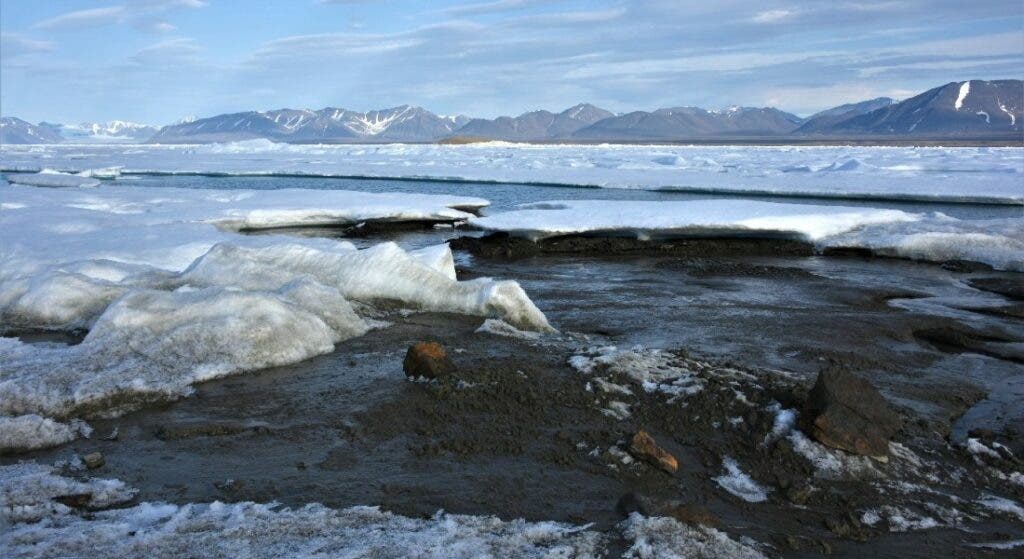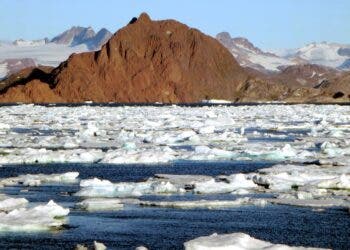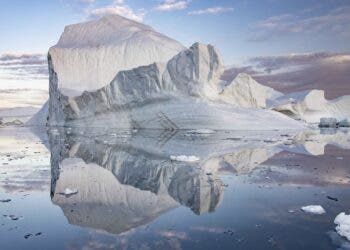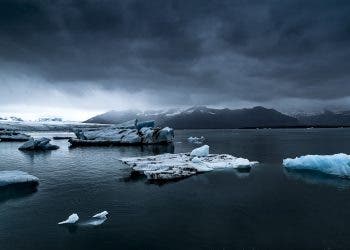A little luck can go a long way. In Greenland, a group of scientists have just discovered a new island by luck, which they believe is the world’s northernmost point of land. At just 30 meters across, it’s quite the unusual island.

Morten Rasch, scientific leader of the Arctic Station in Greenland, flew with a group of colleagues to collect samples of what they thought was Oodaaq Island, which has been known since 1978 as the most northerly point of land on Earth. But they are actually mistaken, something they realized after posting photos and coordinates on social media.
Rasch said a group of American island hunters, adventurers that explore unknown islands as a hobby, “went crazy” and said the coordinates posted by Rasch couldn’t be true. This prompted the team to contact an expert at the Technical University of Denmark, who realized the GPS was mistaken and that they weren’t on Oodaaq.
“In fact, we had just discovered a new island further north, a discovery that ever so slightly expands the Kingdom,” Rasch said in a statement. They confirmed this by a GPS on the helicoper that was being used by the group to reach the island. They were actually 800 meters (2,625 feet) further north than what they had initially calculated.
An unexpected discovery
Rasch told BBC that they wanted to visit Oodaaq Island to look for new species adapted to the extreme weather Greenland is known for. He said the discovery of the new island “isn’t a big deal” but considered somehow funny “to be among those six people ever on earth who have had muddy boots at the most northerly point in the world.”
The island is formed by small mounds of seabed mud and moraine, the soil and rock left behind by glaciers, Rasch said. It could have emerged due to a major storm that scraped the seabed materials together until the island was formed. Still, it’s unclear how permanent this expansion of Greenland (a territory controlled by Denmark) will be.
While it doesn’t have a name yet, the researchers hope to name the island Qeqertaq Avannarleq, which means “the northernmost island” in Greenlandic. Similar expeditions in recent decades have looked for the world’s northernmost island, mainly from US researchers. The latest discovery was in 2007 by Dennis Schmitt, who found a similar island in the area.
The island was exposed by shifting packs of ice, but the researchers believe that its appearance wasn’t a direct consequence of global warming – which has been reducing Greenland’s ice sheet steadily for the past few decades. In fact, Greenland is mostly covered by ice, which goes on for 1.7 million square kilometers (650,000 squared miles). This is three times the size of Texas.
The ice that melts away in Greenland, mainly due to human-caused climate change, flows was water into the ocean and adds to the sea level rise. Over the last decade, global sea level has risen at about 1.5 inches (four millimeters) per decade, according to the most recent report of the Intergovernmental Panel on Climate Change (IPCC).






